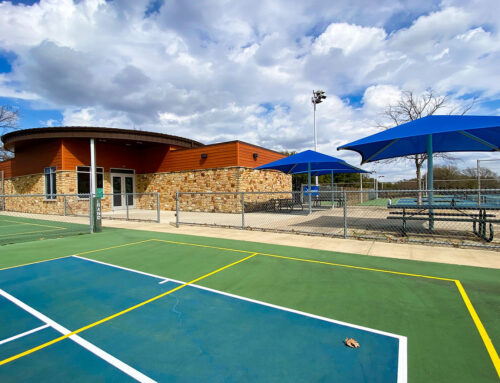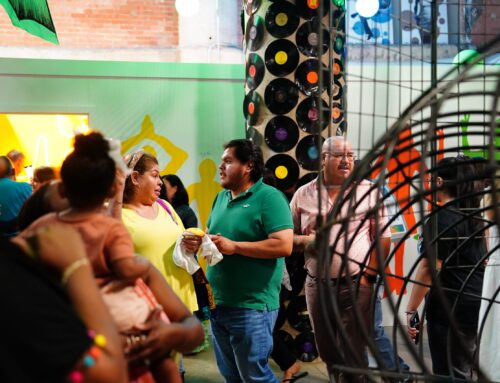Dallas ISD released more details about the new Montessori proposal for Eduardo Mata Elementary that could provide relief for the overcrowded schools that feed into Woodrow Wilson High School — namely Lakewood and Stonewall Jackson elementary schools, which are more than 150 percent over capacity.
Pending approval from the DISD Board of Trustees, Mata, which is only at 34 percent capacity, would become a Pre-k through eighth grade Montessori campus with an emphasis on fine arts and dual language. It would begin incrementally in the 2014-15 school year.
Tracie Fraley, executive director of the Woodrow feeder pattern, says there hasn’t been much interest in changing school boundaries, so this approach provides a more holistic alternative.
“The idea is to get back to the neighborhood school model,” she said during a community meeting Monday night at Mata.
This could serve as a model for other areas in DISD that have overcrowded and underutilized campuses operating in the same neighborhood.
Three groups could take advantage of the Mata Montessori program, based on their attendance zones. In order of priority, they are 1) Mt. Auburn Elementary and Mata 2) Lakewood and Stonewall 3) Lipscomb Elementary and Robert E. Lee Elementary. The first group is eligible for 50 percent of the available spots, the second group receives the other 50 percent, and the third group can apply for any remaining spots.
Unlike DISD’s George Bannerman Dealey Montessori, which has an intense selection process, Mata Montessori would be lottery-based.
“It’s for neighborhood kids,” Fraley says. “We want it to be fair and transparent. This is not a magnet school.”
The program would begin with Pre-k through third grade students, moving up toward eighth grade each following year until it’s fully implemented. The district projects there will be 320 open slots for Mata Montessori next school year.
Class sizes for Pre-k3 through Pre-k5 would have a 1:24 ratio and a teacher assistant in every classroom. The Montessori concept uses a mixed-age model, so each class would include eight students from each age group within the Pre-k3 to Pre-k5 bracket. The model is similar for the first through third grade students with a 1:16 ratio. During the first year of implementation, however, third-graders would have to age up and not be able to take advantage of the Montessori program because that’s a test year, and changing the curriculum at that point would not be ideal.
Maria Hasbany, president of the J.L. Long Middle School PTA, welcomed the idea of Mata Montessori as a solution for overcrowding at neighborhood schools. Extending the campus through eighth grade means fewer students at Long.
“It’s all positive,” she says. “I think it’s a positive for every campus in the feeder pattern, and it will relieve some of the overcrowding. It’s a win-win.”
However, for some students at Lipscomb and Lee (those in the lowest priority group), it may not be a win-win, says Carey Hurst a neighbor in the Lee attendance zone who just put an offer on a house near Lipscomb. She has a first-grader at Lakewood Montessori and a Pre-k child who doesn’t meet the state requirements set for the Pre-k program in DISD.
Hurst expressed concern about the fairness of giving Lakewood and Stonewall priority to receive, essentially, free Pre-k instruction while the schools already perform higher than Lipscomb and Lee.
“They need overcrowding help, but they don’t need academic help,” she says.
Mike Morath, DISD’s District 2 Trustee who represents the Woodrow community, says that Lakewood and Stonewall are actually the only schools in the district that don’t offer any kind of state-funded Pre-k program because they are not Title 1 schools.
There is a movement to begin an International Baccalaureate program at Lipscomb and Lee as the district has already done at Woodrow and started at Long. That also should relieve overcrowding, attracting more students to Lipscomb, which is at 92 percent capacity, and Lee, which is at 76 percent.
“[Mata Montessori] is the first step in a multi-step process,” Fraley says.
The board of trustees will review the proposal Thursday, and it would go for a final vote by January or February.





